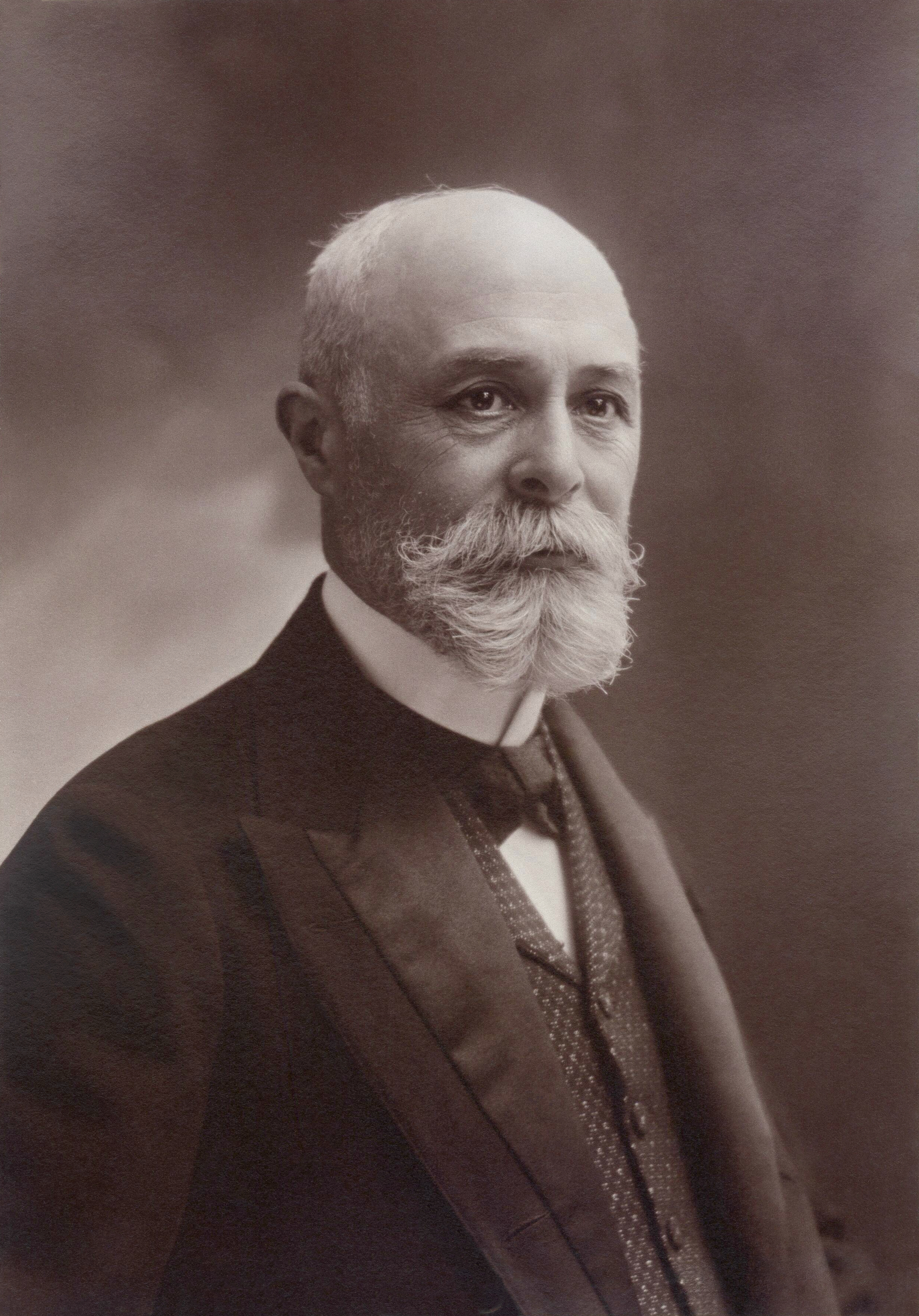Special unitary group Updated 2025-07-16
The complex analogue of the special orthogonal group, i.e. the subgroup of the unitary group with determinant equals exactly 1 instead of an arbitrary complex number with absolute value equal 1 as is the case for the unitary group.
ThinkPad series Updated 2025-07-16
Time reversibility of gravity Updated 2025-07-16
Training (ML) Updated 2025-07-16
Venture capital firm Updated 2025-07-16
An Introduction To Quantum Field Theory by Peskin and Schroeder (1995) Updated 2025-07-16
Unfortunately, this approach bores Ciro Santilli to death. Or perhaps is too just advanced for him to appreciate. Either of those.
800+ pages.
Ape Updated 2025-07-16
Theories of Quantum Matter by Austen Lamacraft The Elastic Chain Appendix Updated 2025-07-16
Ape subclade Updated 2025-07-16
Critical path Updated 2025-07-16
Entropy Updated 2025-07-16
OK, can someone please just stop the philosophy and give numerical predictions of how entropy helps you predict the future?
The Unexpected Side of Entropy by Daan Frenkel
. Source. 2021.The Biggest Ideas in the Universe | 20. Entropy and Information by Sean Carroll (2020)
Source. In usual Sean Carroll fashion, it glosses over the subject. This one might be worth watching. It mentions 4 possible definitions of entropy: Boltzmann, Gibbs, Shannon (information theory) and John von Neumann (quantum mechanics).- www.quantamagazine.org/what-is-entropy-a-measure-of-just-how-little-we-really-know-20241213/ What Is Entropy? A Measure of Just How Little We Really Know. on Quanta Magazine attempts to make the point that entropy is observer dependant. TODO details on that.
enwiki-latest-categorylinks.sql Updated 2025-07-16
The schema is listed at: www.mediawiki.org/wiki/Manual:Categorylinks_table
On the SQL:
CREATE TABLE `categorylinks` (
`cl_from` int(8) unsigned NOT NULL DEFAULT 0,
`cl_to` varbinary(255) NOT NULL DEFAULT '',
`cl_sortkey` varbinary(230) NOT NULL DEFAULT '',
`cl_timestamp` timestamp NOT NULL DEFAULT current_timestamp() ON UPDATE current_timestamp(),
`cl_sortkey_prefix` varbinary(255) NOT NULL DEFAULT '',
`cl_collation` varbinary(32) NOT NULL DEFAULT '',
`cl_type` enum('page','subcat','file') NOT NULL DEFAULT 'page',
PRIMARY KEY (`cl_from`,`cl_to`),
KEY `cl_timestamp` (`cl_to`,`cl_timestamp`),
KEY `cl_sortkey` (`cl_to`,`cl_type`,`cl_sortkey`,`cl_from`),
KEY `cl_collation_ext` (`cl_collation`,`cl_to`,`cl_type`,`cl_from`)
) ENGINE=InnoDB DEFAULT CHARSET=binary ROW_FORMAT=COMPRESSED;The format appears to be described at: www.mediawiki.org/wiki/Manual:Categorylinks_table
A sample INSERT entry is:
(3,'Computer_storage_devices',88,11,0) Tor Browser Updated 2025-07-16
Henri Becquerel Updated 2025-07-16
Leela Chess Zero Updated 2025-07-16
Leela Zero Updated 2025-07-16
Legendary creature Updated 2025-07-16
Minimoog Updated 2025-07-16
Neurokernel Updated 2025-07-16
The Neurokernel Project aims to build an open software platform for the emulation of the entire brain of the fruit fly Drosophila melanogaster on multiple Graphics Processing Units (GPUs).
There are unlisted articles, also show them or only show them.
